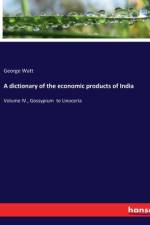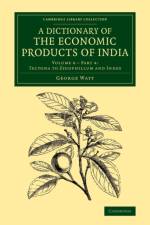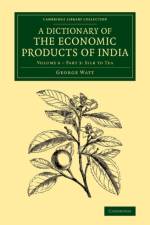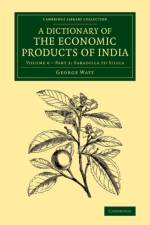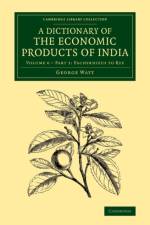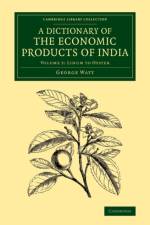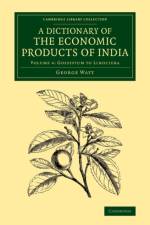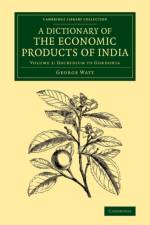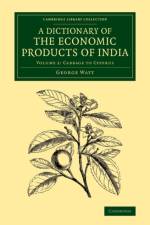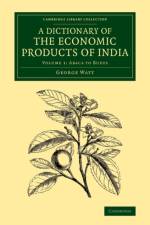av George Watt
479,-
Established organizations in the public and private sectors struggle when bringing new, innovative ideas to life. This has resulted in the creation of countless ¿innovation programs¿ and initiatives, with many, perhaps most, failing to deliver meaningful results. Many of these initiatives fail because they do not get the momentum they need early on, they start in the wrong place, or they focus on the wrong problems; and creating the wrong type of initiative can doom it before it launches.This book takes you through a step-by-step approach which will help you select, structure, and create the right type of initiative to nurture new and innovative ideas and ensure they have the best possible chance to succeed. It includes updated insights, and is filled with questions, examples, artifacts, and tools to help you make key choices as you develop a way to ensure new ideas in your organization flourish. It contains information, experience, and anecdotes that will help you identify, anticipate, and overcome not only roadblocks to bringing those ideas to life, but also obstacles to the initiative itself, and includes frameworks to help accelerate your deployment.What You Will Learn How to build your initiative or program, step-by-step, and measure its effectiveness How innovative ideas differ, why that¿s important, and why they require different approaches Common impediments to innovation and new idea incubation in public and private sector organizations and how to build an initiative that addresses them What to consider as you design and structure your approach to bringing new ideas to life whether they are products, programs, or internal projects How to lay a solid foundation for your initiative or program to ensure it meets your organization¿s needs and stakeholder and influencer expectations The teams you will need and how to structure them How to continuously improve your program, framework, toolkit, or initiative to ensure it remains relevant delivers lasting value What you should know before you begin building your initiative The steps required to lay a solid foundation for the initiative before you begin building it How to create the conditions for repeatable innovation, acceleration, or new idea incubationThe book includes a toolkit which contains checklists, frameworks, tools, and ceremonies with step-by-step instructions to help accelerate your journey. It can be read from start to finish, or you can focus on the part, chapter, or even section that meets your immediate needs,










